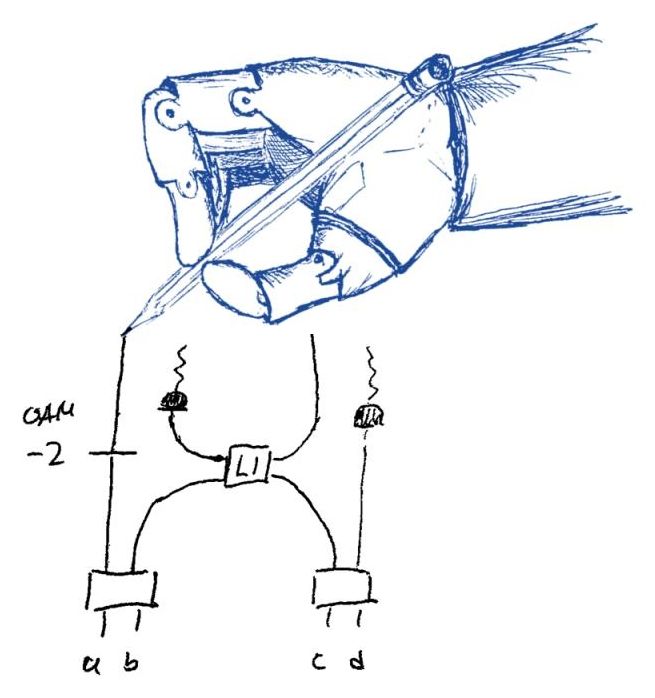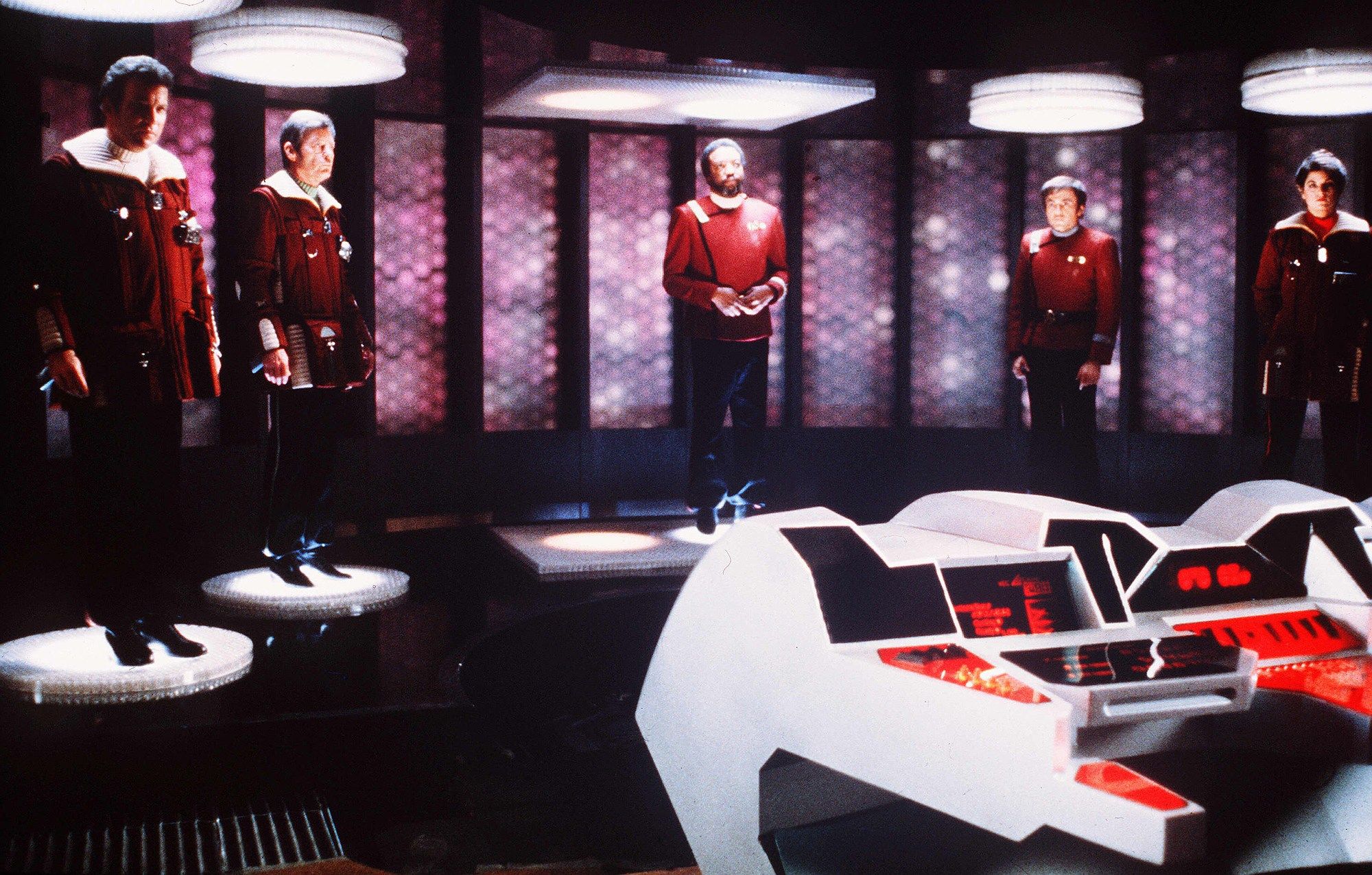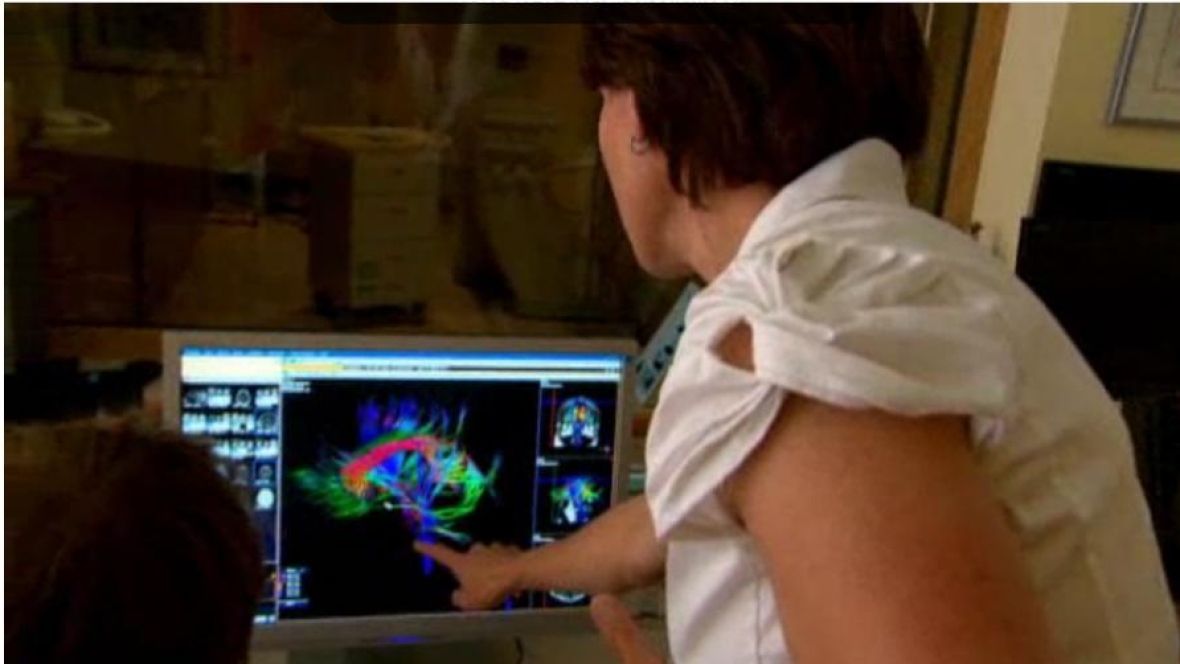Page 11713
Feb 25, 2016
Rogue Terminator robots to become reality in just a few years… will hunt down and exterminate humans to reduce world population
Posted by Karen Hurst in categories: futurism, robotics/AI
There is only 2 avenues that “terminator robots” will exist: 1) criminals and terrorists have their followers/ pay some engineers to reprogram the robots and equip them to kill or explode themselves 2) a rogue nation like N. Korea decides to acquire (if not build) and regineer them to kill and deploys them on their neighbors, etc. The reality is robotics and humanoid robotics is even more complex; chances of this happening may be at a 20 to 30% range (if I was to take a guess).
So often Hollywood serves as a sort of idea test-bed for futuristic scientific concepts that often have a habit of becoming reality, but back in 1984 when The Terminator was released, hardly anyone believed that “killer robots” would someday become a reality.
But today, as robotics becomes a much more mature scientific field of study, the possibility that governments or private entities could “program” killer robots to take out certain targets or even entire populations is not so far-fetched anymore. In fact, it’s downright chilling.
Feb 25, 2016
Quantum experiments designed by machines
Posted by Karen Hurst in categories: computing, information science, quantum physics
Very nice.
Quantum physicist Mario Krenn and his colleagues in the group of Anton Zeilinger from the Faculty of Physics at the University of Vienna and the Austrian Academy of Sciences have developed an algorithm which designs new useful quantum experiments. As the computer does not rely on human intuition, it finds novel unfamiliar solutions. The research has just been published in the journal Physical Review Letters. The idea was developed when the physicists wanted to create new quantum states in the laboratory, but were unable to conceive of methods to do so. “After many unsuccessful attempts to come up with an experimental implementation, we came to the conclusion that our intuition about these phenomena seems to be wrong. We realized that in the end we were just trying random arrangements of quantum building blocks. And that is what a computer can do as well — but thousands of times faster”, explains Mario Krenn, PhD student in Anton Zeilinger’s group and first author research.
After a few hours of calculation, their algorithm — which they call Melvin — found the recipe to the question they were unable to solve, and its structure surprised them. Zeilinger says: “Suppose I want build an experiment realizing a specific quantum state I am interested in. Then humans intuitively consider setups reflecting the symmetries of the state. Yet Melvin found out that the most simple realization can be asymmetric and therefore counterintuitive. A human would probably never come up with that solution.”
Continue reading “Quantum experiments designed by machines” »
Feb 25, 2016
Mercedes is ditching some robots in favor of human staff
Posted by Karen Hurst in categories: robotics/AI, transportation
No Robots Please says Mercedes; at least for their manufacturing teams that does specialized/ custom work.
Our dystopian all-robot future just got hit with a minor setback: Mercedes-Benz is ditching some of its robot workers in favor of humans, citing the human ability to move faster and perform a wider array of tasks. The reason largely revolves around Mercedes’ increased array of customization options — there are so many different individualization options at the moment that robots aren’t able to deal with them all. Humans, the auto maker says, are saving the company money.
Mercedes’ individualization options include things like various tire valve caps, trim, and cupholders, small but significant aspects of the vehicles that robots aren’t easily able to switch between. According to Daimler AG’s Markus Schaefer, “The variety is too much to take on for the machines. They can’t work with all the different options and keep pace with changes.”
Continue reading “Mercedes is ditching some robots in favor of human staff” »
Feb 25, 2016
Beam Me Up, Scotty? Turns Out Your Brain Is Ready for Teleportation
Posted by Karen Hurst in categories: entertainment, neuroscience
People who play video games are geared (at least their brain is) for teleporting.
UC Davis researchers found that when people experienced virtual teleportation, their brains still managed to keep them on course.
Feb 25, 2016
Nitric oxide protects against parasite invasion and brain inflammation
Posted by Karen Hurst in categories: biotech/medical, neuroscience
African trypanosomiasis is called ‘sleeping sickness’ because when the infection is untreated, trypanosome parasites will invade the brain and cause disruption of sleeping patterns and irreversible neurological damage. A study published on February 25th in PLOS Pathogens reports that in a mouse model of trypanosome disease, nitric oxide (NO) plays an unexpected role in preserving the integrity of the blood brain barrier (BBB), thereby reducing parasite invasion into the brain, and likely limiting neurological damage.
NO is generally thought to be a pro-inflammatory signal, promoting a strong immune response against pathogens. The resulting inflammation is a mixed blessing: on one hand, it helps to control potentially dangerous pathogens, but on the other, it can cause “collateral damage” to the inflamed tissue.
Martin Rottenberg and colleagues, from the Karolinska Institute in Stockholm, Sweden, are interested in how trypanosome parasites cause disease and in the host immune defense against them. In this study, they examine the role of NO in a mouse model of trypanosomiasis, with a focus on how the parasites manage to get through the so-called blood brain barrier (BBB), the border surrounding the mammalian brain that is normally impenetrable to foreign intruders as well as most host cells.
Continue reading “Nitric oxide protects against parasite invasion and brain inflammation” »
Feb 25, 2016
Researchers use brain’s plasticity to treat movement disorder dystonia, help stroke survivors
Posted by Karen Hurst in category: neuroscience
Interesting research and maybe a new twist for Dystonia.
Exactly what triggers dystonia — an involuntary muscle contraction of the hand, fingers, neck or mouth, which is sometimes very painful — is unclear. But some researchers think the underlying problem that causes it may also be the key to treating it, and other brain-linked disorders like Parkinson’s.
Feb 25, 2016
Meet Brain, The AI Engine That Wants To Replace Search
Posted by Karen Hurst in categories: food, neuroscience, robotics/AI
Fifteen miles away from where Larry Page and Sergey Brin worked out of their first office developing the technology that would become Google, a team of eleven engineers no older than 20 are hard at work on developing what they hope will be its replacement.
Their adoptive home, for the moment, is the co-working space Tim Draper set up as part of his Draper University startup program, and they’ve been assembled their by Jerry Yue, a 24-year-old serial entrepreneur.
Yue’s last startup, the Chinese food delivery service Benlai.com, raised $100 million at the end of last year and is on its way to joining the ranks of China’s unicorns.
Continue reading “Meet Brain, The AI Engine That Wants To Replace Search” »
Feb 25, 2016
Doctors implant 3D-printed vertebrae in ‘world’s first’ surgery
Posted by Karen Hurst in categories: 3D printing, biotech/medical, cyborgs, neuroscience
Just Amazing
Ralph Mobbs, a neurosurgeon at the Prince of Wales Hospital in Sydney, made medical history in late 2015 when he successfully replaced two vertebrae with custom made prosthesis. The patient, in his 60s, suffered from Chordoma, a particularly nasty form of cancer that had formed on his top two vertebrae and threatened to cinch off his spinal cord as it grew. That would have left him a quadriplegic. Complicating matters, those top two vertebrae are what allow you to turn and tilt your head, so it’s not like doctors can easily fashion a replacement out of bone grafted from another part of the patient’s body. They have to fit perfectly and that’s where the 3D printers come in.
Mobbs worked with Anatomics, an Australian medical device manufacturer, to craft perfect replicas of the patient’s top two vertebrae out of titanium. This is the first time that these two particular neck bones have been printed and installed. “To be able to get the printed implant that you know will fit perfectly because you’ve already done the operation on a model … It was just a pure delight,” Mobbs told Mashable Australia. “It was as if someone had switched on a light and said ‘crikey, if this isn’t the future, well then I don’t know what is’.”
Continue reading “Doctors implant 3D-printed vertebrae in ‘world’s first’ surgery” »
Feb 25, 2016
Defence white paper faces the reality of Australia’s engagement with Asia and the Pacific
Posted by Karen Hurst in categories: computing, quantum physics, security
Australia’s improved alliance with China on defense, and Quantum Computing. Australia has been one of the early R&D groups working on Quantum Computing just like D-Wave, Stanford, UC Berkley, etc. So, this could help China drastically migrate much sooner to a Quantum infrastructure.
You think you’ve heard it before: Australia’s great security challenge this century is the dramatic shift in power to Asia epitomised by the rise of China.
But read of the latest Defence white paper if you want that abstract idea to sink in.















